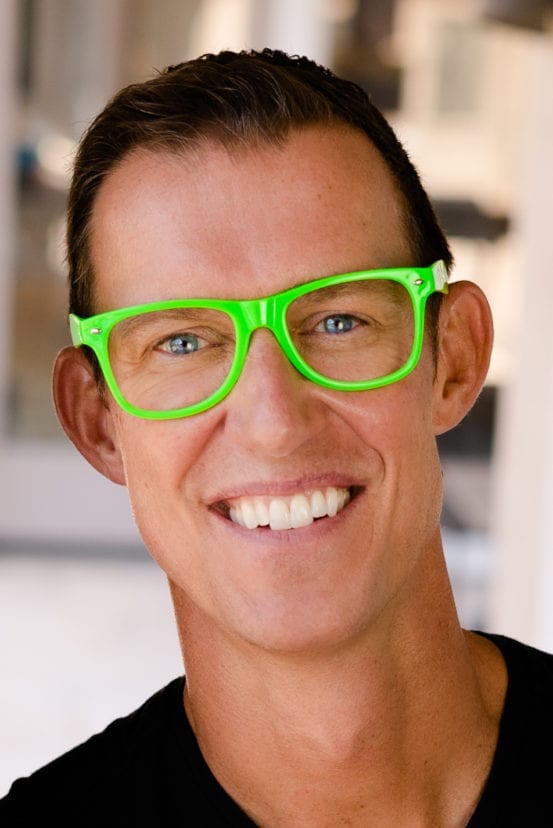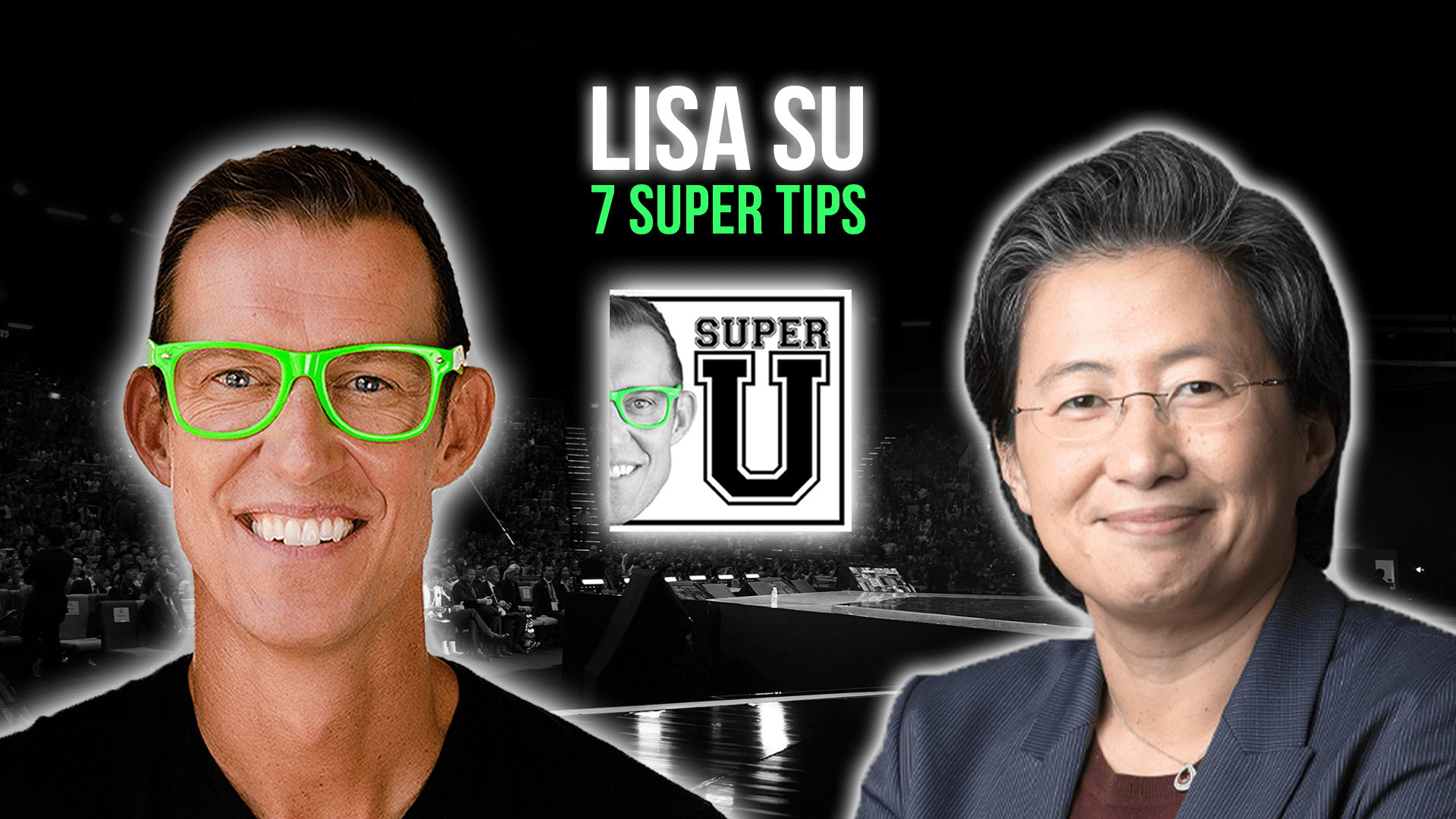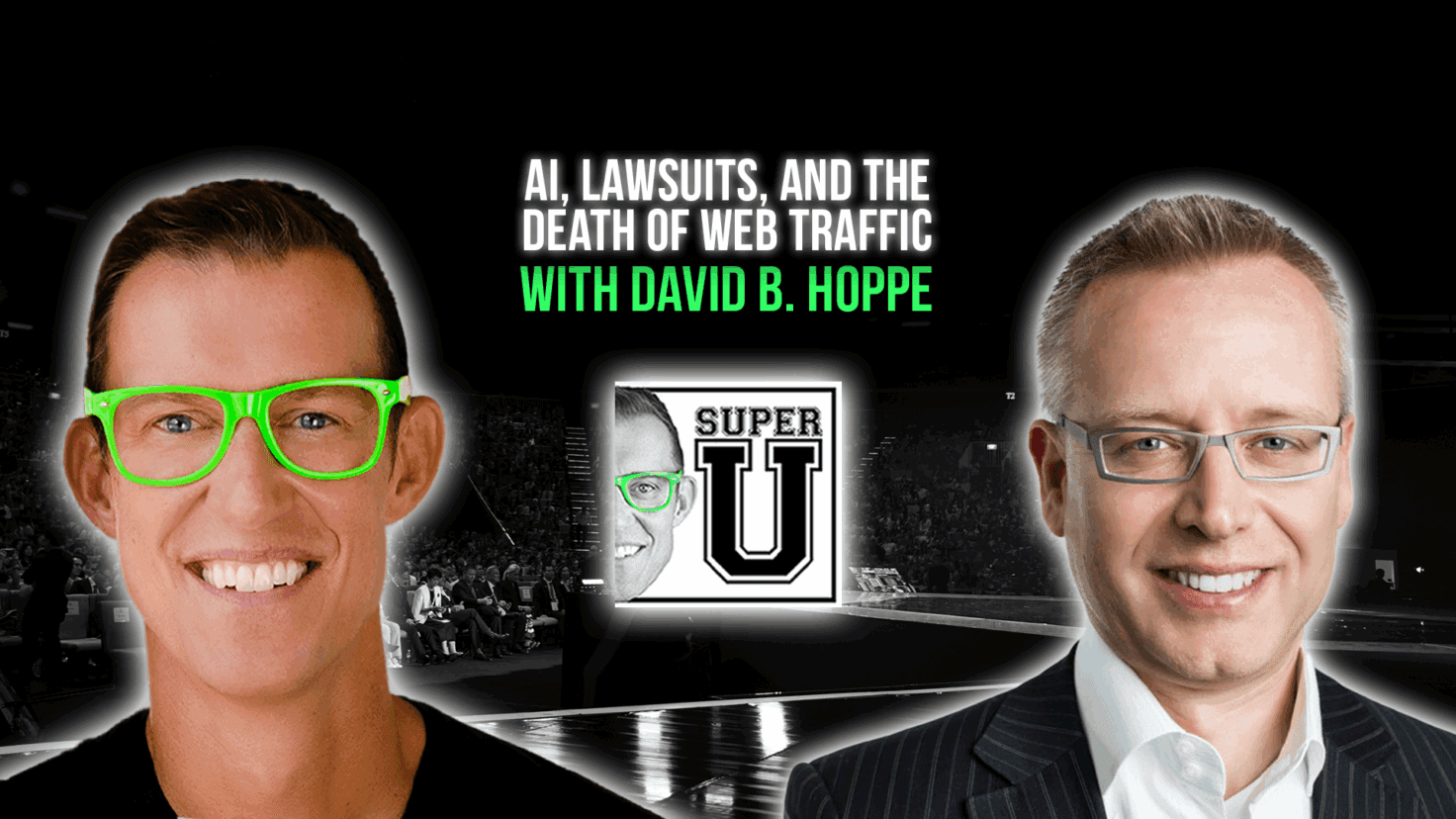Super U Podcast | 7 Super Tips with Lisa Su
On today’s episode, Lisa Su gives her insights on what it’s like to be a leading CEO in the semiconductor industry.
Lisa Su (born 7 November 1969) is a Taiwanese-American business executive and electrical engineer, who is the president, chief executive officer, and chair of Advanced Micro Devices (AMD). Early in her career, Su worked at Texas Instruments, IBM, and Freescale Semiconductor in engineering and management positions. She is known for her work developing silicon-on-insulator semiconductor manufacturing technologies and more efficient semiconductor chips during her time as vice president of IBM’s Semiconductor Research and Development Center. Su was appointed president and CEO of AMD in October 2014, after joining the company in 2012 and holding roles such as senior vice president of AMD’s global business units and chief operating officer.
5x #1 Bestselling Author and Motivational Speaker Erik Qualman has performed in over 55 countries and reached over 50 million people this past decade. He was voted the 2nd Most Likable Author in the World behind Harry Potter’s J.K. Rowling. Qualman is also the inventor of the bestselling board game Kittycorn.
Need a sneak peek? Below are the main takeaways from the episode.
Super U Podcast | 7 Super Tips with Lisa Su
[8:31] Tip #1
“I will say there are a couple of very key themes. And you know, they should sound familiar, but I want to make sure that we get them very clear. First and foremost, we are a product company, okay, I want to build great products, I want us to build great products. And these are again, these are products that use all of our innovation, use all of our technology, use all of our leading-edge IP, you know, also combine our system and software and platform knowledge and combine our you know, key customer relationships. And that is really who we are, you know, we’re best when we’re the innovators and I want to make sure that that’s always our highest priority. And we never forget that. So that’s number one. The second point is, you know, I’m very, very passionate about customers. And you know, why are customers so, so important? When you think about what’s happening in the market these days. I mean, the market is changing incredibly fast. One of the statistics I like the most is, you know, people say by 2020, they’re going to be 50 billion devices that are connected in this world 50 billion. We want to be in as many of those devices as we can. And that means creating deep partnerships. That means taking all of AMD’s technology and assets and people and helping solve those deep customer problems. So very, very focused on customers and partnerships. And then the third point is something that is very near and dear to my heart and you’ve probably heard me say it as COO I want As to be simpler and faster. We have incredibly smart people. They’re very, very talented. They know what needs to be done. We as leaders, you know, me personally, the entire the rest of the leadership team, our goal is to empower those people to innovate and get things done simply fast, and decisively. So those are my three things. And they may not sound incredibly new, but I think will bring a different spin to it in terms of how focused we are, and how agile we are in attacking those key things.”
[10:55] Tip #2
“You know, it’s the idea that you can make something, you can build products, you can put it on a shelf, and somebody will buy it, and will know that it’s yours. And the key for us, was really, you know, it’s a, it’s an industry where you have to make bets over the long term. So the bets sometimes take three years to pay off, sometimes take five years to pay off. And Wall Street is very fickle, and hard to hard to keep the attention span. But I think we really focused, we decided, hey, we were going to focus on great products. And it was going to take us three years to get the next products out. And we had to be very, very clear on what we were not going to do, which is, you know, sort of change our strategy, extreme communication, extreme communication in terms of, I think, you know, this morning was discussed, like you say something like somebody five times, and then you have to say it like another 75. But it was very much around, we are about our products we are about our customers, and we are about simplifying everything that we do. So that, you know, so that everyone in the company is clear on what our strategy is.”
[12:28] Tip #3
“Yeah. So, you know, I’m an engineer by training. So you know, grew up in the semiconductor industry from the r&d side. And one of the things about our business is, you have to decide what you want to do, like five years in advance, right? So whether it’s, you know, what markets, what products, what technology? And actually, you have to make choices about those technologies? And so, you know, with AMD, I mean, look, I love the company, I say this, I’ll say this, you know, with all honesty, it’s, it’s my dream job to be, you know, the head of a large semiconductor company, and there was a time when, you know, we weren’t putting out products as you should, and at the end of the day, you know, tech companies are about products. So you have to put out great products. And so we have, you know, over the past six or seven years, you know, we’ve really focused on what we’re good at, which is, you know, I always believed that computing would become extremely important sort of, you know, if you think about what would drive a society, it’s, it’s high-performance computing. And so that’s where we put the eggs in those baskets, there were things that we didn’t do, you know, we’re not in phones, as much as everyone has their phone, we’re not in phones, and that’s okay. Because that’s not our specialty. You know, we did make some choices, you know, not doing our own manufacturing really focused on design. The truth is that, for the size of company that we were, we needed to focus on where we could be the absolute best. And scale is important in manufacturing. And, you know, we just didn’t think we could be the best at that. So we wanted to partner with, you know, others who could be very, you know, very good partners, and focus on where we could be the best which is in semiconductor design and advanced technology.”
[14:41] Tip #4
“I think if there’s one lesson for us all to learn about the pandemic is you have to think about the long term and you have to think about sort of the various contingencies that are required because all of these things that we never expected to happen have happened. And, and so it is is a mindset shift. But I think people are very open to it. I think, you know, like the collaboration that I see across the industry, like when we talk about supply chain, right, we have had the deepest conversations with our partners, they’re all great. Because you got to solve this together, right? There’s no one company that’s going to be able to do this, you know, all by themselves.”
[15:30] Tip #5
“Yeah. You know, I think diversity is always top of mind. For me, I think, even more so for, you know, for us in today’s world, there are not enough women in tech, state the obvious, but it is getting better from the standpoint that I think there’s more conversation about it. And, you know, my philosophy has always been to work on things that I can impact. And so, you know, trying to get, you know, sort of more women into the pipeline trying to get give people more opportunity, you know, as they come into engineering. You know the one thing I like to say about engineering is like, you know, one of the reasons I love it is it’s very black and white, right? I mean, either, you know, the product works or doesn’t work. You know you don’t have to kind of, you know, sell it much otherwise, and I think that’s a very positive thing. So, you know, just trying to get more opportunities for, you know, for women and, and sort of underrepresented minorities, to see how you can make an impact.”
[16:47] Tip #6
“Well, I think I think it’s, you know, hindsight is always 2020. I think foresight is what we’re trying to get to, and, you know, the technology capability is there to do amazing things. I think we, as you know, leaders need to ensure that what it’s doing is great, good things, and not great, you know, not so good things, but honestly care. I would say that hindsight is always 2020 on these things. And I think we’re learning along the way, right? So this whole conversation of what is good AI, I think we’re all learning along the way. And I like to believe that one of the most important things for us as tech leaders, is continued to learn. And that doesn’t mean you make every decision correctly. But it means that when you see that something needs to be course corrected. You actually course correct.”
[17:45] Tip #7
“5% women leading fortune 500 companies and 20 years? That’s, I’m truly amazed by that number. I can say that is definitely progress. Right? We’re engineers, so we’d like to see progress. But I can also say we have so much more opportunity. And you know, just to tell you a little bit about my story. You know, I was born in Taiwan, and I emigrated to the United States when I was two with my parents. And I wish I had W Sterling’s toys when I was growing up. But I became an engineer because I really liked to build things. And I know that you share that as well. Engineering is one of those great professions because it is kind of very black and white. Either the product works or it doesn’t work. And you can see the product of that labor. I love building products and bringing teams together. And you know, through that, and a lot of support members. I came along the way. Five months ago, I became the CEO of AMD, CEO of AMD, I’m leading a company with a 45-year-old heritage of bringing leading technology into the industry. I really do believe though, and I know you share this over the next 10 years, we’re gonna see tremendous innovation and technology, which will change the way our daily lives just like social media and smartphones change the way we live today. And what you really realized about innovation is it really only happens when you bring people together with different backgrounds and different experiences who can really solve problems together. Innovation will be much much better when we can have a more diverse workforce, particularly in both the engineering as well as in the leadership community. We heard earlier that in the last 20 years, today’s no ceilings report reflects that we have made progress in primary education. We’ve even made progress and universities. However, we still have a long ways to go in engineering and corporate leadership. And we can and should close this gap. So when I look at it, I say what it’s good for innovation is also good for business. So how can we do this? It really starts with doing it together, you know, fostering an environment like entrepreneurship where women can grow and flourish. And when we see more men and women CEOs talking actively about promoting diversity and gender equality, we know that this can change. So my hope for the next 20 years from now, we won’t be talking about how many women’s CEOs are in the Fortune 500 Because it won’t matter. It will be natural for corporate leadership. To reflect the most talented individuals.”
Connect with Lisa Su:
Twitter: @LisaSu
Click here to subscribe and listen to the full episode.

To ensure you don’t miss future episodes, subscribe to our podcast by clicking here >> Super U Podcast. We hope these tips help unlock and unleash your inner superpower!
The Super U Podcast is hosted by #1 bestselling author and Motivational Speaker Erik Qualman.





